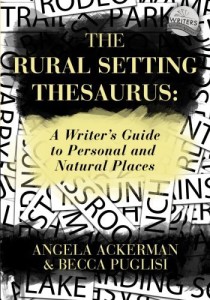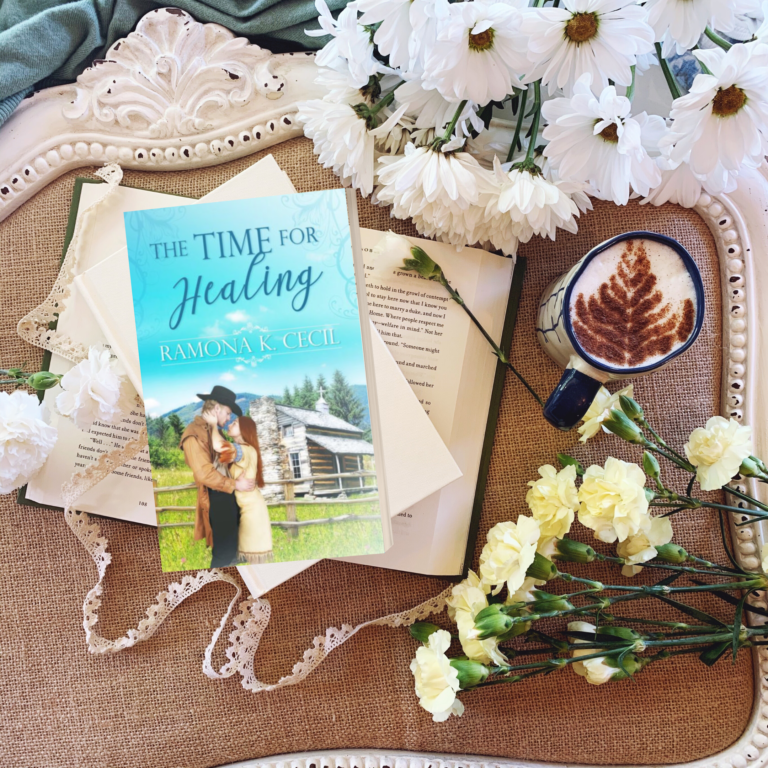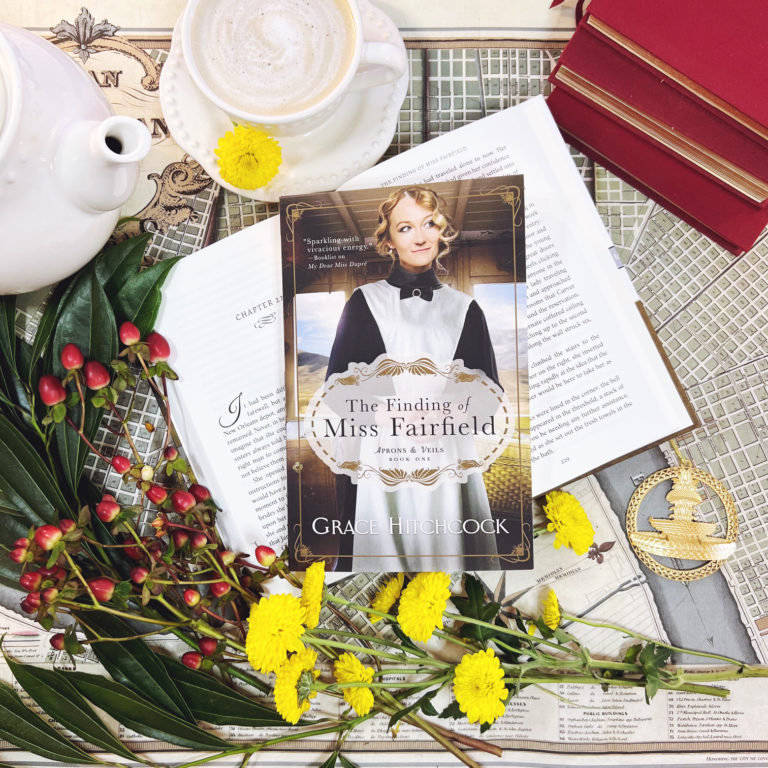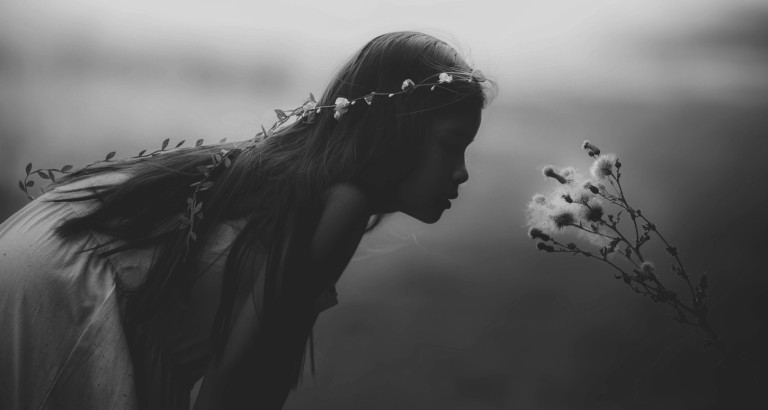3 Ways to Incorporate Setting Description

It’s important for writers to recognize their weakness in order to work on correcting them. For me, it’s description. When I get my beta reader feedback, the one thing that seems to continually be brought to the surface is a wish for more description either in setting or in my characters features. As a reader, I usually find myself skimming long paragraphs of setting descriptions, so I know that’s why it’s a little slimmer of a presence in my writing. However, I need to be sure to find the balance, so I did some research to find ways of implementing description without beating my reader over the head with the setting.
1. Every scene needs a setting. This may seem like an obvious use for adding description, but there are many times when I am reading a book and I have to go back a few pages to remember where the scene is taking place. If I don’t have that context, I can’t picture the story and it loses its “magic” because I’m thinking of where in the world are they in the story!
Don’t let your characters be floating in space (unless Mars is the setting). Ground them by giving at least a sentence as to where the conversation/scene is taking place. It’s essential in keeping the story making sense and keeping the reader engaged.
2. Use the setting to alter the mood. Do you feel like your setting is starting to feel stagnant? Change the weather up to alter the mood: rain, wind, snow, heat, hurricane, etc.
My current novel is set in the French Quarter in the 1870’s during summer. Heat can make the pace slow and the characters grumble or really anything you want. Just imagine your feelings/reaction to the weather and allow those to “soak” your character.
(Having grown up in Southern Louisiana and experienced more hurricanes than I can count, it doesn’t take much to imagine the torture of no air condition in the height of summer with oppressive humidity. During Hurricane Katrina, we were without electricity for over a month and the only time it came on was during those precious few moments when we cranked on the generator to charge phones or run the fans and then hours and hours again without it. We were in a constant state of sticky and feeling disgusting. So, haha I can only imagine what my poor heroine feels in those layers upon layers of clothing in New Orleans.)
3. Use the setting to affect your character’s appearance.
Weather: In what region does your story take place? It doesn’t have to be drastic like a hurricane, tornado or earthquake. It can just be something as simple as humidity. New Orleans humidity does some crazy things to your hair. Thank goodness for hairspray, but it makes you think how women dealt with taming frizzy hair in the 1870’s!
Terrain: Is your hero riding through a desert? Describe how the dust chokes the rider, how it cakes his skin in a dry film, how his lips feel ashy and cracked, etc.
Local creatures: Does your heroine get bitten by a venomous snake while paddling the pirogue through the bayou? Research snakebites and how they appear on the bitten limb.
Local Sickness: Does an infected cow get butchered and fed to the town, spreading anthrax? Is there an infection carried by birds? How does this affect your heroine? Is she fearful of catching it? Sick already? Is her sister dying?
Writer Tip: One of my favorite resources in my writing is the Emotion Thesaurus. The authors, Ackerman and Puglisi, just released two setting thesauruses, Rural Setting and Urban Setting, and I can’t wait to get my copies in the mail!
Happy Writing!
(Top) Photo Cred: Unsplash.com







